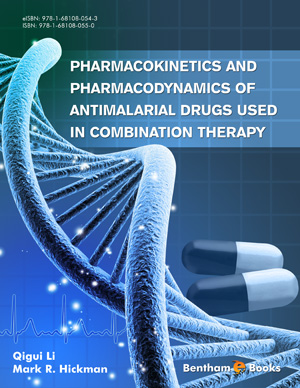Abstract
The mass-action law, the equilibrium law, and the absolute reaction rate theory have all had an impact on the mathematical modeling of biological interactions, and these fundamental discoveries are the foundation for PK/PD modeling. These physicochemical approaches are very useful tools to help understand mathematically the interaction of drugs and combinations with biological systems. Theories have been developed that can be applied to understand a variety of biological applications based on these laws. Accordingly, the algorithms for computer- based analysis and simulation based on these principles been created. Modeling and simulation are important elements in decision making by regulatory agencies affecting both industry and the public. PK models exist to assemble all of the data derived from both nonclinical and clinical studies that have been performed in the drug development process, which provides a means to guide future studies with predictive models. Physiologically based PK (PBPK) models differ from classic PK models due to their incorporation of specific tissue compartments associated with exposure, biotransformation, toxicity, and clearance that are all connected through the flow of blood. The objective of PK/PD modeling as applied to antimalarial drug development is to develop and apply models to characterize pharmacokinetic parameters reflecting the concentration of drug over time and the pharmacodynamic relationships, which describe the effect of drugs with respect to drug concentration. PK modeling elements describe the distribution and clearance kinetics of a drug at the macro level. Adding a PD component to this model adds a drug effect element to characterize drug combination in vivo. These models can assist in choosing appropriate combination partner drugs or alternate first-line treatments for treatment of malaria in a given transmission setting, which may be relevant to malaria eradication efforts.
Keywords: Antimalarial policies, computerized simulation and analysis, drug combination, efficacy, mathematical modeling, model, modeling, modeling theory, PBPK/PD modeling, PD modeling, PK modeling, PK/PD modeling, resistance.






















